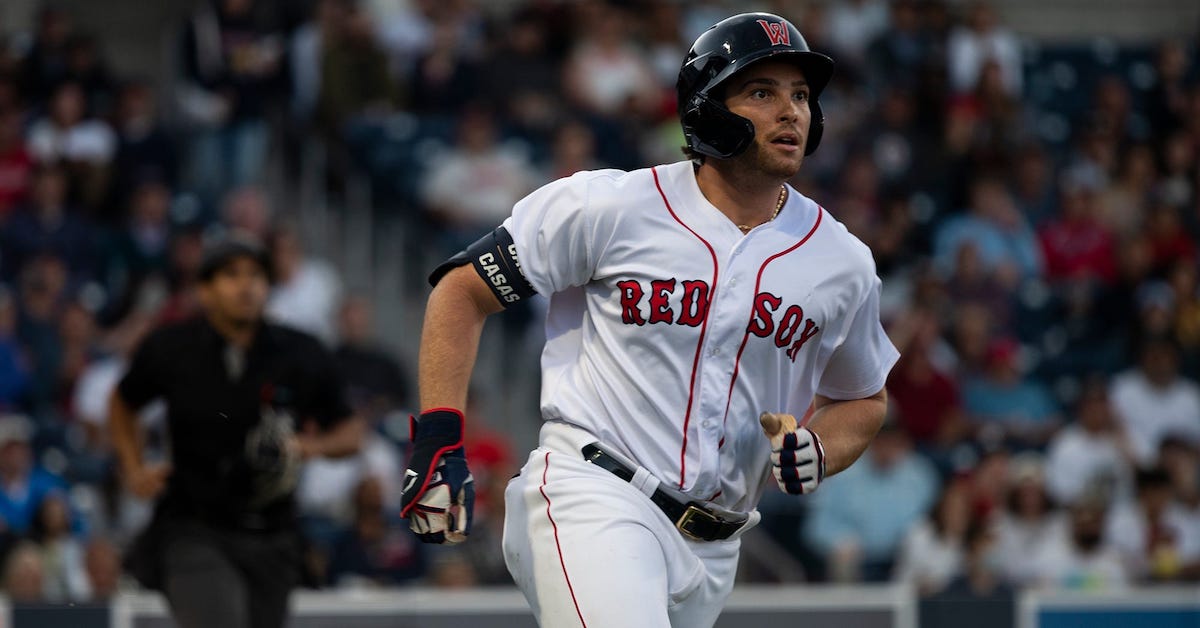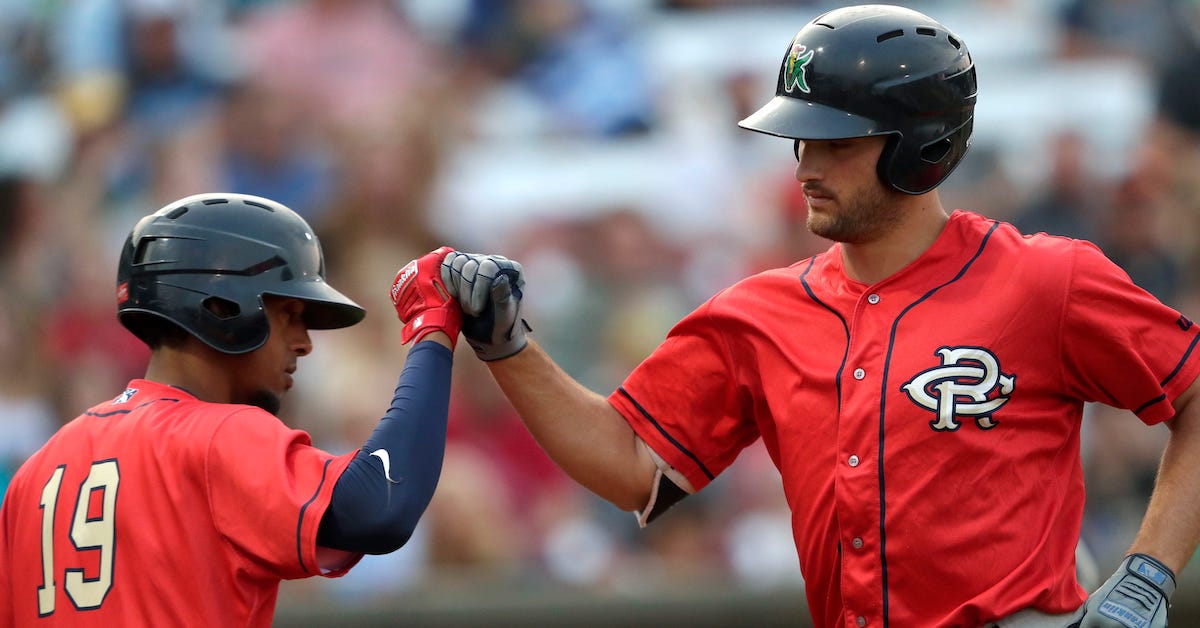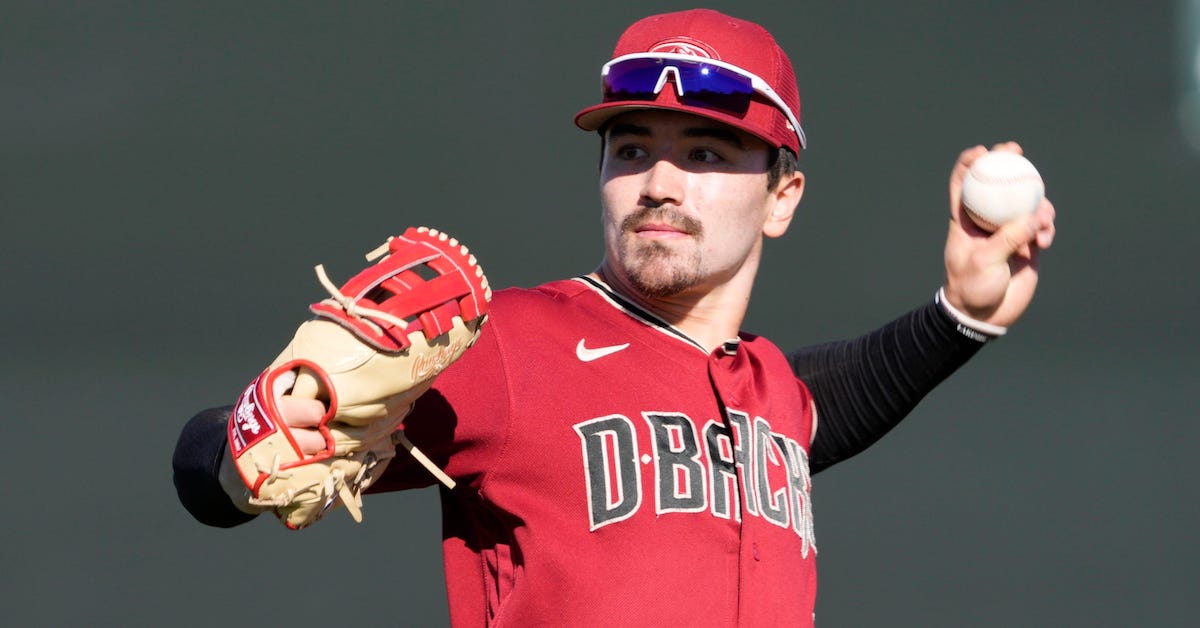A Conversation With Red Sox Pitching Prospect Brandon Walter

Brandon Walter hasn’t come out of nowhere, but he has come a long way. A 26th-round pick in 2019 out of the University of Delaware, the 25-year-old southpaw went into last season a veritable unknown, and he left it as the fastest riser in the Red Sox system. Displaying elite movement from a low arm slot, Walter fanned 132 batters and allowed just 67 hits in 89.1 innings, between Low-A Salem and High-A Greenville. He’ll enter the 2022 campaign ranked No. 10 on our newly-released Red Sox Top Prospects list.
Walter discussed his repertoire, and his unexpected emergence in a steadily-improving system, last month.
———
David Laurila: Your Baseball America writeup said, among other things, “His stuff and pitch data suggest reason to believe in a big ceiling.” What does that mean to you, particularly the reference to data?
Brandon Walter: “I’ve learned a lot over the last couple of years, especially since Chaim Bloom came into our organization. They’re big on analytics and pitch data [and] they’re preaching it to us. To me, it mostly means that my stuff is plus, so I can simplify and just throw it in the zone. I can make hitters deal with what I’m throwing instead of trying to hit corners and risk falling behind in the count. Basically, I can just try to get ahead with with my three pitches and compete that way. Getting that information and knowing that my stuff is above average allows me to just attack hitters.”
Laurila: Has the data reinforced things you kind of already knew, or has any of it actually come as a surprise? Read the rest of this entry »








